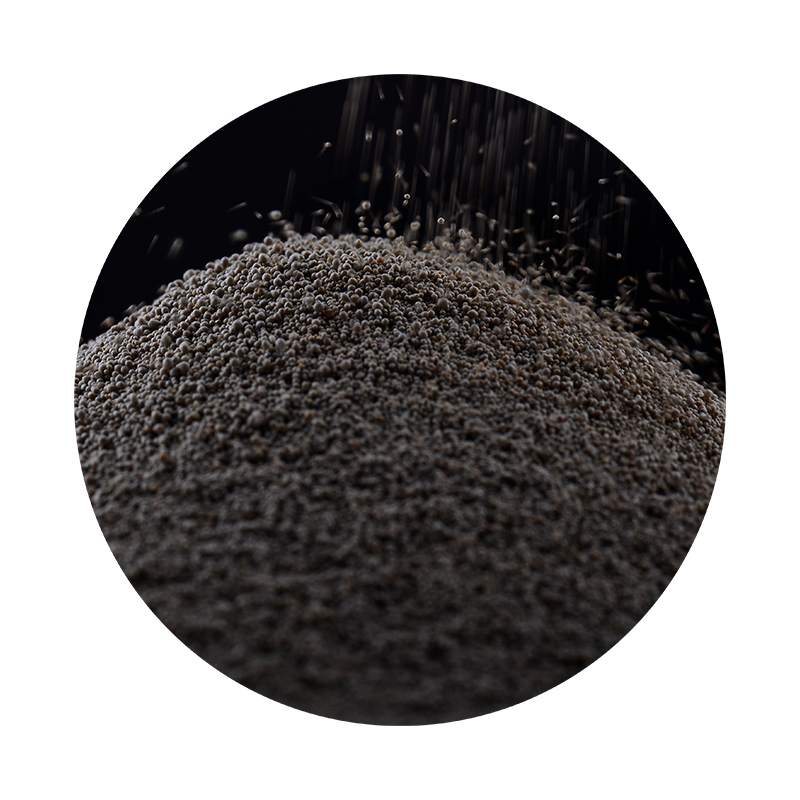3D Printing a Sanding Block A Guide to Customization and Efficiency
In the realm of manufacturing and crafting, 3D printing has gained significant traction due to its versatility, creativity, and efficiency. One of the practical applications of this technology is the creation of tools that are often taken for granted yet essential in various projects sanding blocks. This article delves into the process of designing and printing a sanding block using 3D printing technology, exploring the advantages of customization, material choices, and the printing process itself.
Understanding the Sanding Block
A sanding block is a tool used to hold sandpaper securely while sanding surfaces such as wood, metal, or plastic. By providing a rigid surface, sanding blocks help exert even pressure, leading to a smoother finish compared to hand-sanding. While commercial sanding blocks are available in various shapes and sizes, a 3D printed sanding block allows users to tailor the design to meet specific needs and preferences.
Advantages of 3D Printing Sanding Blocks
1. Customization One of the most significant benefits of 3D printing is customization. Users can create sanding blocks tailored to fit their hand size, the specific material they are working with, or the type of sanding job they are undertaking. For example, a larger block can be designed for flat surfaces, while smaller, contoured designs can be created for intricate areas.
2. Material Selection When printing a sanding block, users have the option to choose from various materials. Common materials in 3D printing include PLA, ABS, and PETG. PLA is user-friendly and biodegradable, making it a suitable choice for lightweight projects. ABS is more durable and heat-resistant, perfect for heavy-duty applications.
3. Cost-Effective Designing and printing a sanding block can be more cost-effective than purchasing multiple blocks for different uses. Users can experiment with various designs and materials without the commitment of buying pre-made tools.
4. Rapid Prototyping 3D printing allows for quick iteration of designs. If the first version doesn’t meet expectations—whether due to size, shape, or functional needs—changes can be made swiftly. This rapid prototyping capability encourages users to experiment and enhance their designs continuously.
sanding block 3d print

Designing the Sanding Block
To create a 3D printed sanding block, users typically begin with CAD (Computer-Aided Design) software. Many free or affordable programs are available, such as Tinkercad or Fusion 360, which are user-friendly and cater to both beginners and experienced designers. The design process involves measuring the desired dimensions based on the intended use and considering features like ergonomic grips, holes for sanding paper, or unique contours for difficult-to-reach areas.
Printing Process
Once the design is complete, it’s time to move on to the printing stage. After exporting the design file, it needs to be sliced using slicing software like Cura or PrusaSlicer, which prepares the model for 3D printing. This software generates the G-code, a set of instructions for the printer.
When selecting print settings, users should consider layer height, infill density, and print speed. For sanding blocks that require strength and durability, a higher infill density (around 50% or more) is recommended. The choice of nozzle size and temperature also plays a crucial role, especially when dealing with different materials such as ABS or PETG, which require specific settings to achieve optimal bonding.
Post-Processing
After the sanding block is printed, some post-processing techniques can be applied to enhance its functionality. This can include sanding rough edges, applying a finish for aesthetics, or even adding rubber or foam padding to improve grip and comfort.
Conclusion
3D printing a sanding block exemplifies the advantages of modern technology in DIY and professional projects alike. It not only offers customization and cost-effectiveness but also encourages experimentation through rapid prototyping. As more makers and craftsmen explore the world of 3D printing, the possibilities for innovative tool designs continue to expand, paving the way for more efficient and personalized crafting experiences. Embrace the future of fabrication, and consider designing your own sanding block today—your hands and projects will thank you!
Post time:Νοέ . 17, 2024 14:53
Next:resin sand
